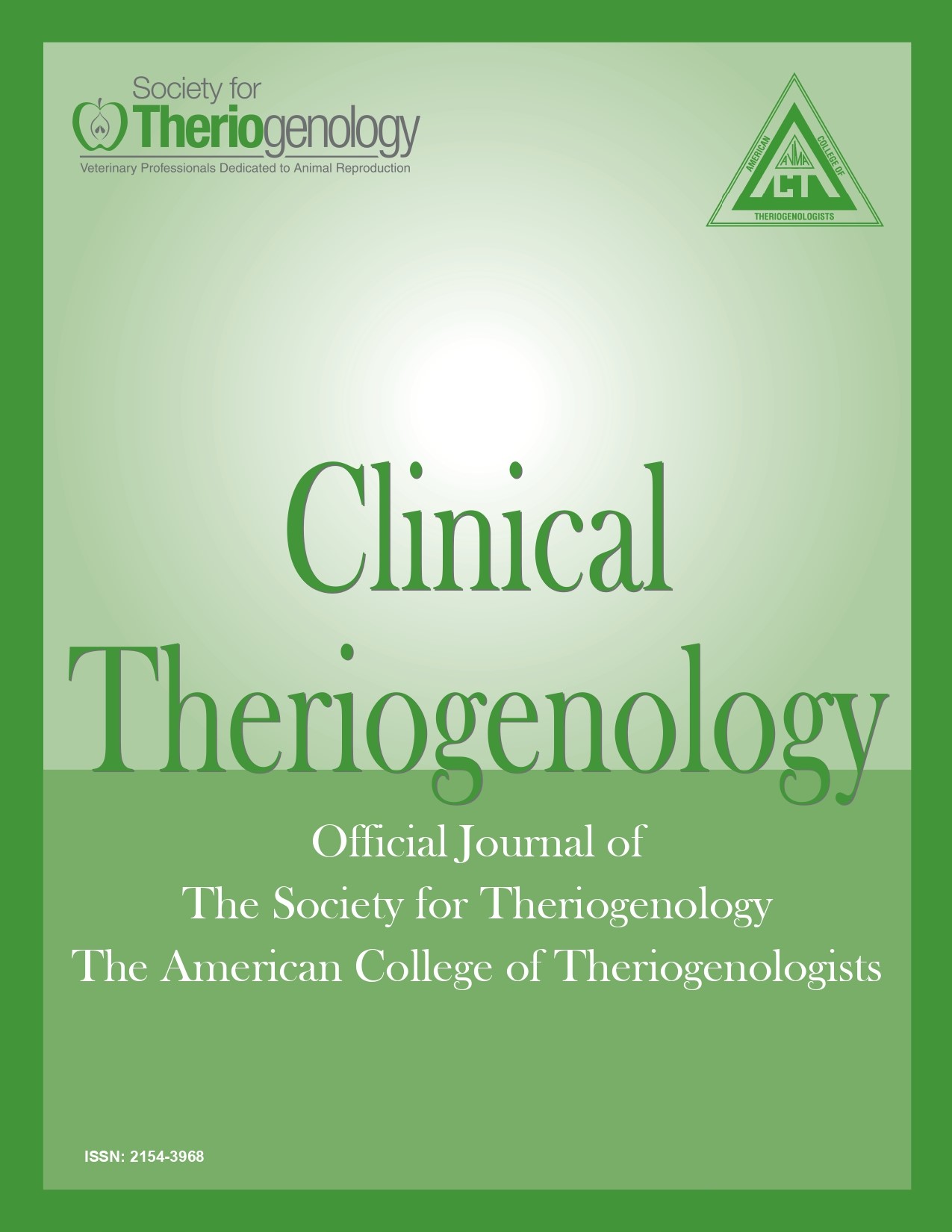Effects of sunlight hours and hormones on double ovulation, and singleton and twin pregnancies in mares
Abstract
Equine twin pregnancies are almost exclusively dizygotic, without the application of advanced reproductive technologies, requiring 2
ovulations in 1 estrous cycle. Breeding records were used to determine the effects of sunlight hours, prostaglandin F2α, human chorionic
gonadotropin, deslorelin (a gonadotropin releasing hormone agonist), and progesterone and estradiol on double ovulation rates,
and singleton and twin pregnancy rates. Breeding records of mares (n = 267) and their estrous cycles (n = 914) were analysed. Double
ovulations occurred in 10.5% (96/914) of estrous cycles. Twin pregnancies were observed in 42.7% (38/89) of mares that had double
ovulations. Overall, per estrous cycle pregnancy rate was 47.2% (405/858) and twin pregnancies was 4.4% (38/858). Double ovulations
had higher (p < 0.001) per cycle singleton pregnancy rate (69.7%; 62/89) than 1-ovulation cycles (44.6%; 343/769). Deslorelin
increased (p < 0.05; OR =1.24 95% CI) double ovulations and human chorionic gonadotropin tended (p = 0.089; OR =1.68; 95%
CI) to increase double ovulations. Deslorelin use resulted in an odds ratio of 2.47 for a positive pregnancy (either singleton or twin)
diagnosis compared to cycles without deslorelin use. None of the factors examined had a substantial impact on twin pregnancy rates.
Downloads

This work is licensed under a Creative Commons Attribution-NonCommercial 4.0 International License.
Authors retain copyright of their work, with first publication rights granted to Clinical Theriogenology. Read more about copyright and licensing here.





